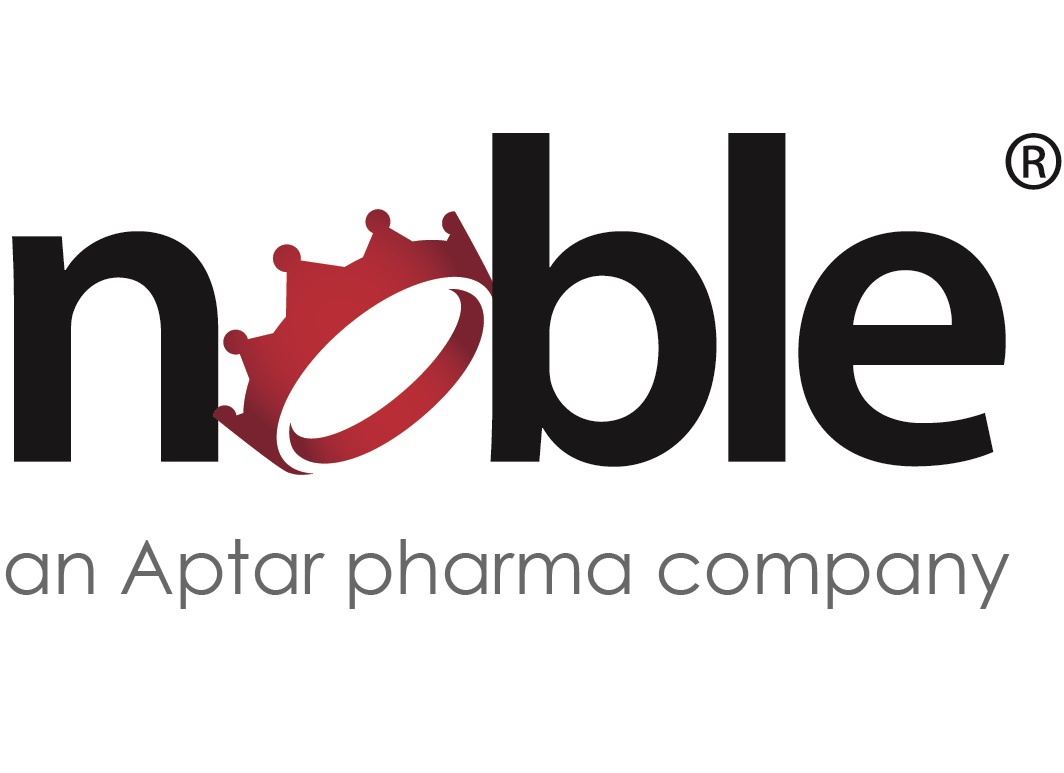There are a few different approaches to FDA submission. Those seeking to develop and market a new drug or device may consider a Pre-submission. Other requests include 510(k) expansion or abbreviated compliance. Below are the steps involved in these processes.

Pre-submission
If you’re about to submit a new medical device to the FDA, conducting a Pre-Submission for FDA review is essential. Pre-Submission meetings can take place face-to-face or through teleconference, and the type of medical device typically defines them and the questions FDA staff will be asking during the review. However, a well-planned conference call can be just as effective. Here are some tips to help you prepare for a Pre-Sub meeting with the FDA.
510(k)
The FDA must approve a 510(k) submission. Once approved, the request will be added to the FDA’s database. This database is updated every week. In addition, the SE letter and the IFU and summary will be attached. However, the IFU and outline are not signed. Instead, the signature is on the SE letter. This is because the FDA only marks the summary and IFU if the applicant is present in the agency.
510(k) expansion
A 510(k) device must meet specific requirements to receive approval. Among these is the use of a predicate for certain aspects of substantial equivalence. The Safety and Performance Based Pathway is one such means. In addition, the submission must be made electronically. The FDA does not return submissions but can provide copies on request. Below are the steps to follow for submitting a 510(k) device.
Abbreviated 510(k)
If you are considering an FDA abbreviated 510(k), you’ve heard about the new program. The abbreviated 510(k) program was first established in 1998. It outlines alternate approaches for demonstrating substantial equivalence in premarket notifications based on consensus standards and guidance documents. This new program has made submitting a 510(k) submission process more efficient.
Original Q-Sub
An original Q-Sub FDA submission discusses a particular device and is assigned a unique identification number by the FDA. The first submissions that discuss a device are considered the “initial” Q-Subs. In many cases, a device is not approved until after the FDA has reviewed the Q-Sub. Depending on the device, the process can be lengthy and complex. Here are some things to consider when preparing your original Q-Sub.
510(k) review
If your 510(k) submission has been accepted for review, it will be assigned to a lead reviewer. The Lead Reviewer will conduct an Acceptance Review by utilizing the Acceptance Checklist in the FDA Guidance. Once the lead reviewer is satisfied with the acceptance review, the 510(k) will proceed to substantive review. The 510(k) may be rejected if required elements are missing.
Electronic 510(k)
The first step to submitting an Electronic 510(k) is to prepare the corresponding forms. Most 510(k) submissions include performance data. The extent of such data will vary according to the complexity of the device, intended use, and indications. The data should demonstrate that the SE of the device is equivalent to or better than that of a legally marketed device. This data may include bench tests, engineering tests, design verification, human factors testing, animal testing, or clinical studies. When submitting your data, be sure to include the methodology and parameters of all tests performed.